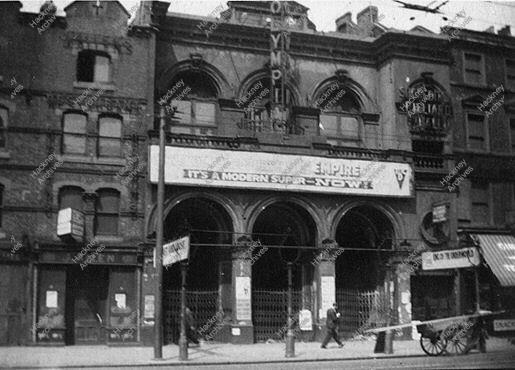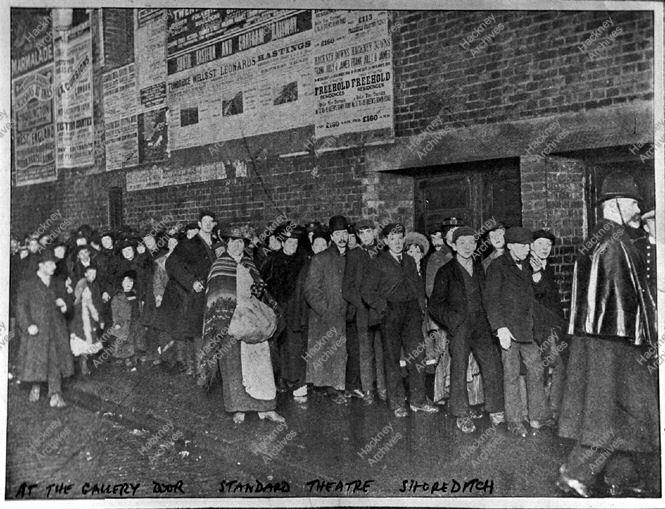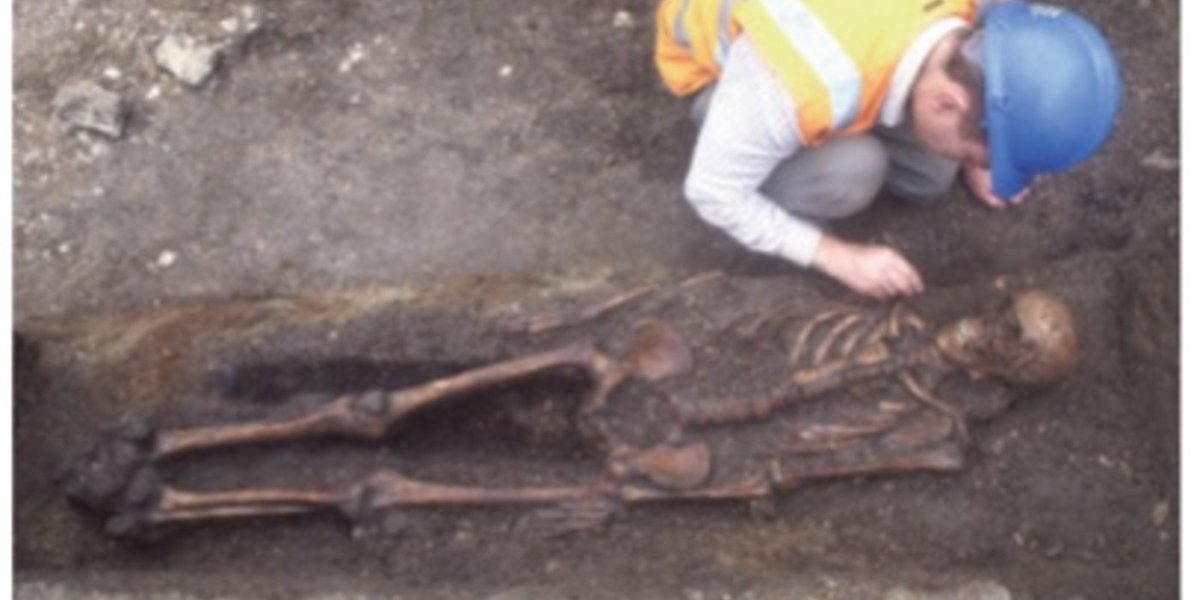
Looking back from the 1860s, the lawyer John Hodgkin remembered that through his childhood up to 1814 'Everything north of Penton Street Clerkenwell was true country, with dairy farms and a few single houses or cottages between it and the fine horizon line'. At the same remove, 



Pinks pictured early Penton Street as 'a kind of northern Belgravia'. If that was exaggerated, it confirms memory of the street's lost charms and amenities. While the White Conduit House stood at the north end, the south was flanked by Dobney's tea gardens and bowling greens,
and the Belvidere and its bowling green and bun-house. There were two sizeable pubs besides: the Salmon and Compasses on the east side, still extant, and the Queen's Arms, since rebuilt and renamed, on the west.The formation of Penton Street started when John Pennie, a paper-
hanging manufacturer, took out a building agreement with Henry Penton in October 1767 for ground opposite the New River Company's Upper Pond, facing the New (now Pentonville) Road. Pennie undertook to form a 4ft-wide footway alongside the new 40 ft street, paved with good Purbeck
stones or squares and six inches higher than the coachway, which was to be gravelled. The agreement provided for the granting of 99-year leases. Pennie's ground, extending along both sides of Penton Street, probably corresponded to one of the old bowling greens and may have
included the site of Busby's Folly. Pennie is listed in the ratebooks from 1768 to 1770, across the road at what becomes briefly 'Penny's Folly' and then 'Belvidera House'—the Belvidere pub BHO @threadreaderapp unroll
• • •
Missing some Tweet in this thread? You can try to
force a refresh















